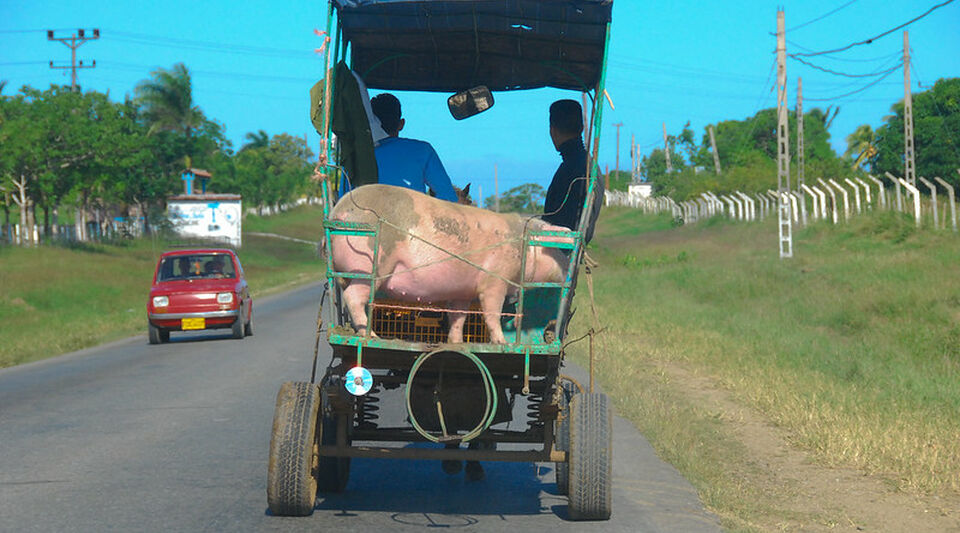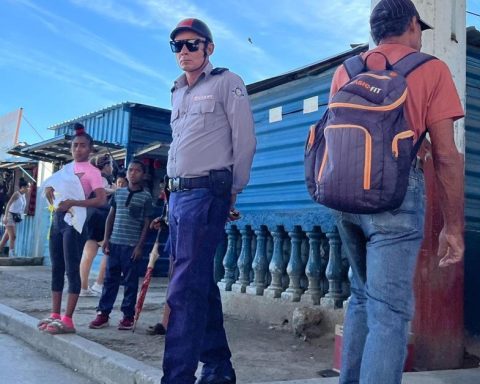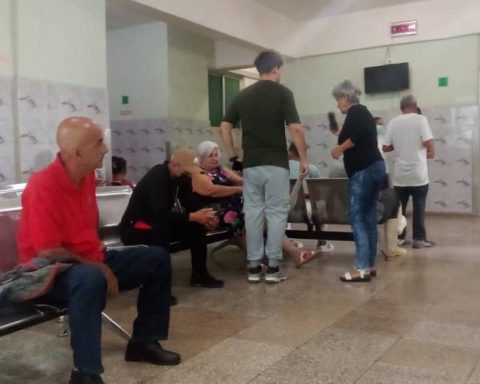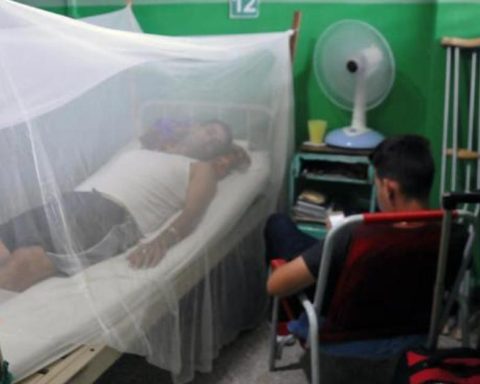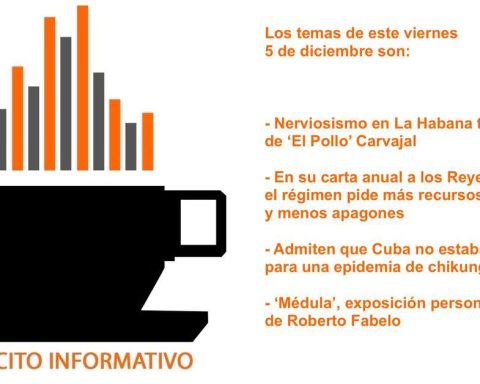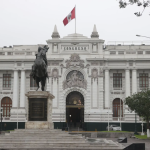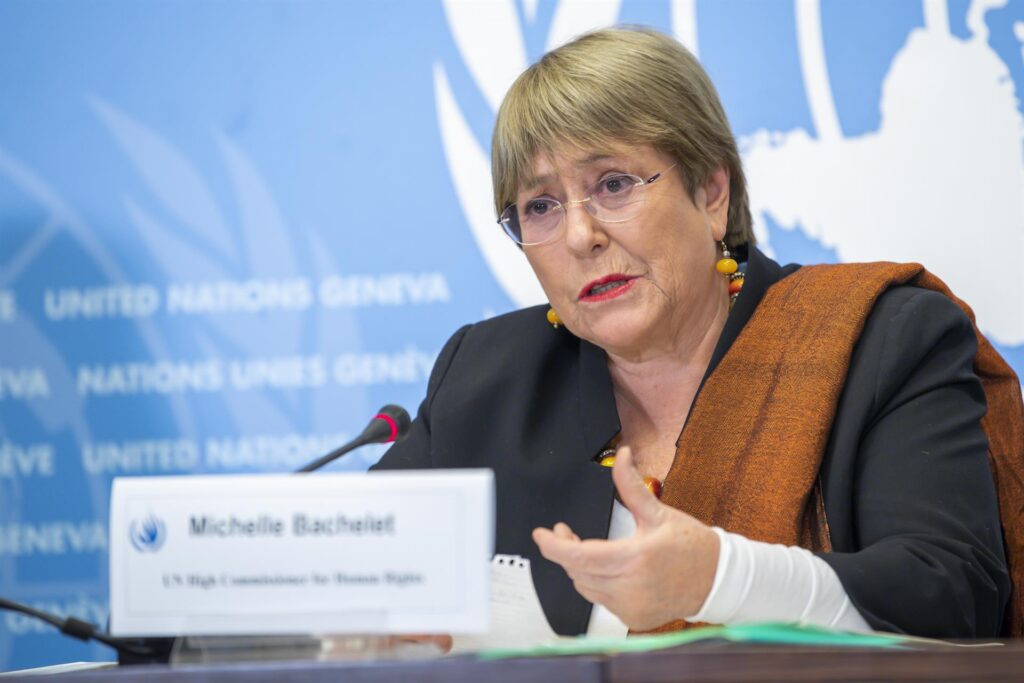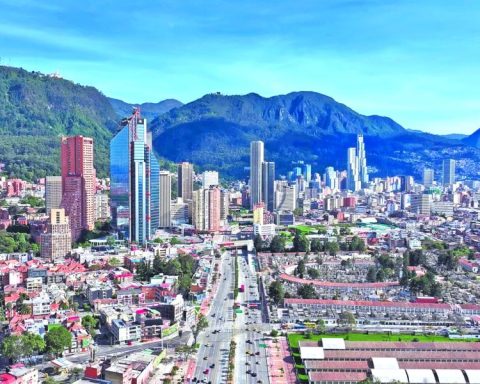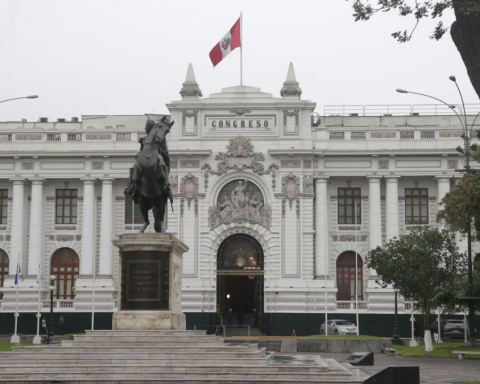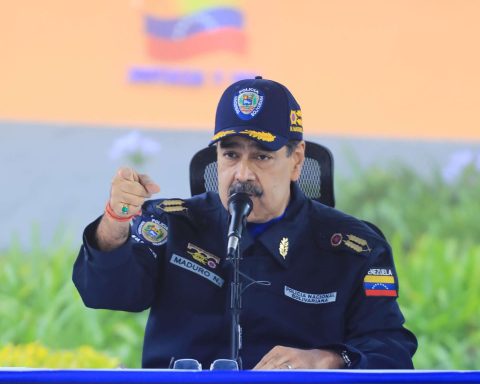Pork production continues to fall and the well seems bottomless. This Thursday the alarms went off in Sancti Spíritus when meet that in the first two months of the year, the province delivered the ridiculous amount of 52 tons of meat, the equivalent of the production of a single day in 2018. The previous year, 2017, 17,400 tons of pork were reached, contributed by 311 producers, while in 2021 there were 3,182 and only 99 people dedicated to it.
Félix Duarte Ortega, a member of the Secretariat of the Central Committee of the Party and head of its Agri-Food Department, asked that the racial pig program be recovered, as well as to preserve the facilities and “put them to produce now.” However, he did not explain how to do it or give solutions to some producers who end up throwing in the towel due to the lack of aid in a context of hyperinflation that aggravates the perpetual crisis in the Cuban countryside.
Quite the contrary, the official scolded those who seek to earn a living in another way, for not contributing to feeding the country. “In this province the bottom has been reached, when we also see that of the conventioneers that Sancti Spíritus had, the majority have abandoned the pig program, and we are at a time when the Revolution needs to recover productive capacities and put into practice lessons learned from other stages”.
“In this province the bottom has been reached, when we also see that of the convention members that Sancti Spíritus had, the majority have abandoned the pork program”
A producer, Yarién Negrín Cáceres, had the floor, allowing himself the same recommendation and saying that the recipe for recovering pork meat is none other than to work. As simple as that.
In addition, he warned that “the country today is not in a position to ensure basic food (feed) as it was until a few years ago” and entrusted himself to a tool that, by itself, is not easy to produce results: the will. “It’s time to start recovering pork production by producing food ourselves in agricultural areas, putting forward the will, taking advantage of existing capacities and breeding experience.”
It is not hidden that the collapse crosses the borders of Sancti Spiritus, and only 24 hours before Cienfuegos was facing a similar truth. Duarte paraded through that province to verify, also, the catastrophic data. In 2016, a great year for the production of pork from Cienfuegos, 20,296 tons were collected, compared to 3,919 in 2021.
There, too, he insisted that the pigs must be fed with corn, cassava (in flour and yogurt), sweet potatoes, honey with fish and crop residues, “among other local solutions” in the absence of feed proteins, as well as be aware of scientific innovations that allow increasing provisions for the pig.
He also tried to win over Cienfuegos producers with humanitarian reasons, forgetting that they can hardly cover their needs, and alluded to their responsibility to provide pork for social consumption (hospitals, schools, day care centers and nursing homes) and the basic basket of the population.
Where figures are not known is from Ciego de Ávila, third stop, second on Thursday, from Duarte Ortega. The information that has transpired up to this moment is reduced to the issuance of a short video in Canal Caribe in which they talk about the “limitations” in the productive area of the pig. The brief report shows several “successful” producers recommending others to use new techniques from the University’s Swine Research Institute, because they have helped them.
The tour continues in Villa Clara, where 4,400 tons of pork were produced last year, somewhat better than the previous ones but tiny when compared to the 20,000 as recently as 2019
The tour continues in Villa Clara, where last year 4,400 tons of pork were produced, somewhat better than the previous ones but tiny when compared to the 20,000 as recently as 2019 that led it to be one of the epicenters of the pig farming on the island.
Félix Duarte Ortega heard the same complaints as in his previous evaluations: the high prices of imported feed and supplies and the need to access foreign equipment for food processing. And to the same ills, the same remedies, the official must have thought, recommending, like everyone else, to encourage breeding and take advantage of the remains.
In early March, Camagüey also exposed the seriousness of the situation. His provincial newspaper, Go aheadpublished in a report titled The pig: what was is no longer which accounts for the data. Although its production has traditionally been well below those mentioned above, in 2017, it exceeded 9,350 tons, while in 2021 4,706 were planned and barely 1,493 were achieved. The text details the sharp drop in feed imports, which went from 65,500 tons in 2018 to 17,400 last year.
Presumably, the evaluation of the situation throughout the Island will continue, but there will not be many differences. Meanwhile, in the markets, the former star product of Cuban cuisine, depositary of the population’s faith in the consumption of animal protein, is hardly found. As the report warns Go aheadthe pig begins to be on the list of endangered species of the table.
________________________
Collaborate with our work:
The team of 14ymedio is committed to doing serious journalism that reflects the reality of deep Cuba. Thank you for joining us on this long road. We invite you to continue supporting us, but this time becoming a member of our newspaper. Together we can continue transforming journalism in Cuba.
